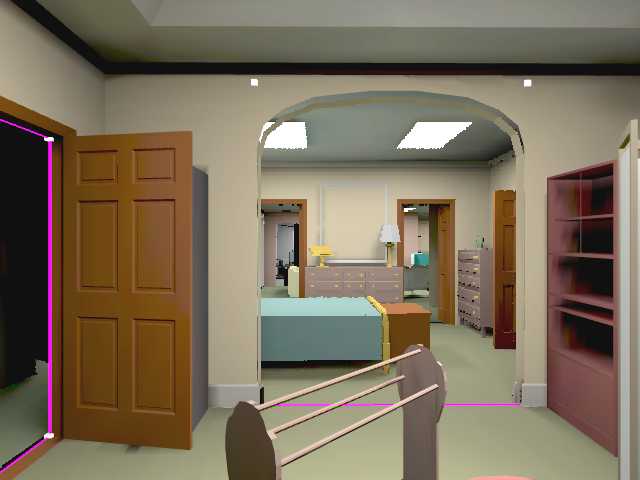
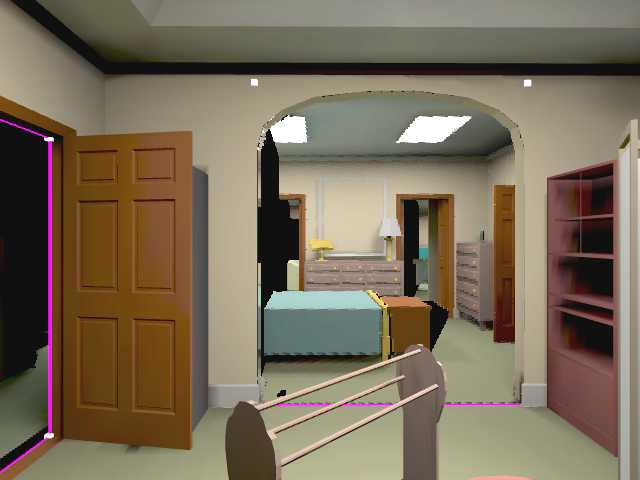
The portal to the bedroom is rendered as a warped LDI. When only a simple depth image is used, disturbing disocclusion artifacts occur.



The portal to the bedroom is rendered as a warped LDI. When
only a simple depth image is used, disturbing disocclusion artifacts occur.
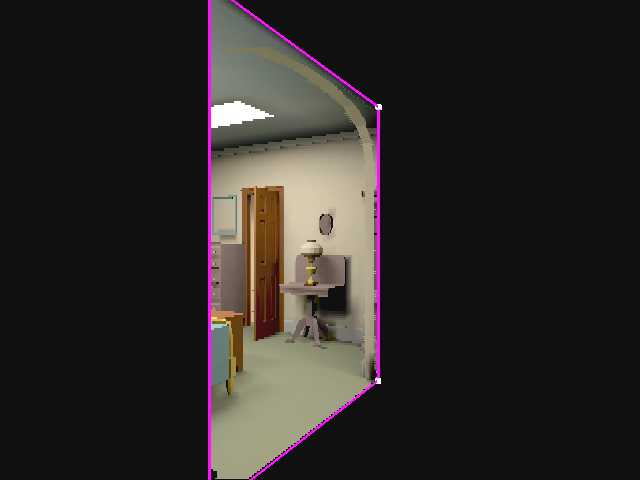
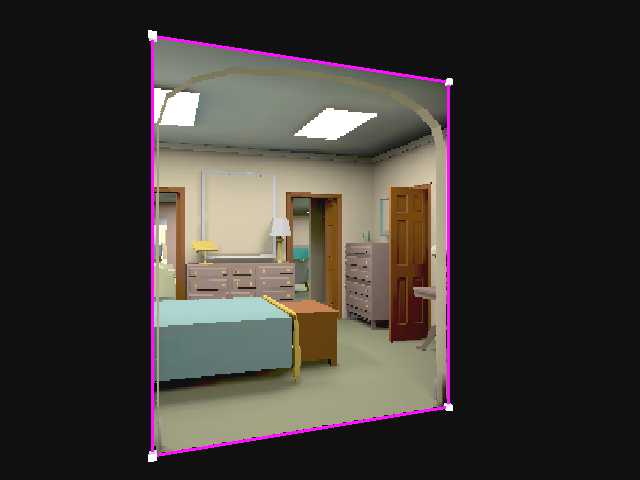
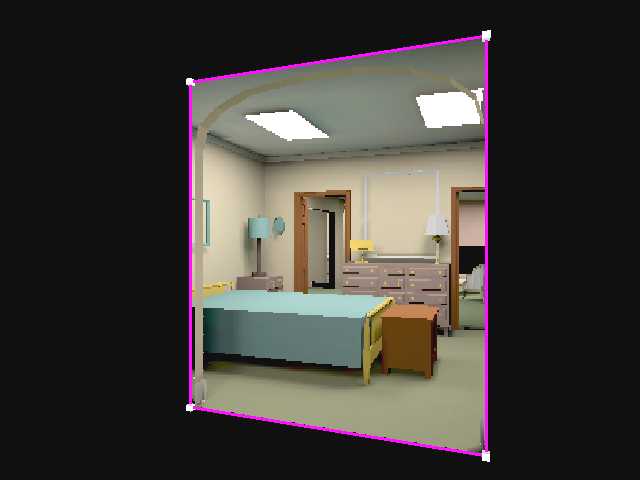
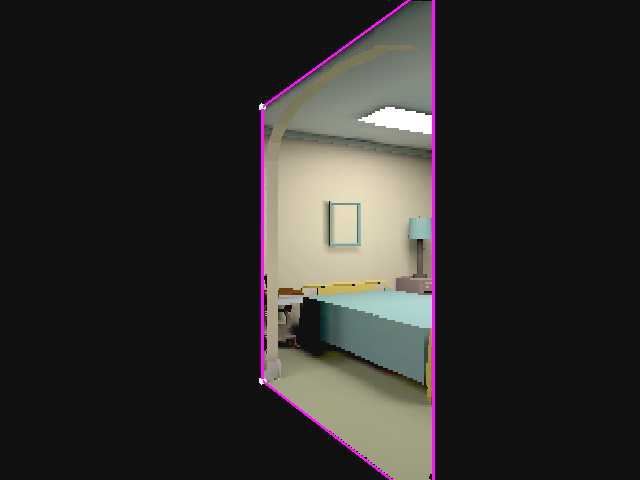
A few of the portal depth images that are pre-combined in one LDI
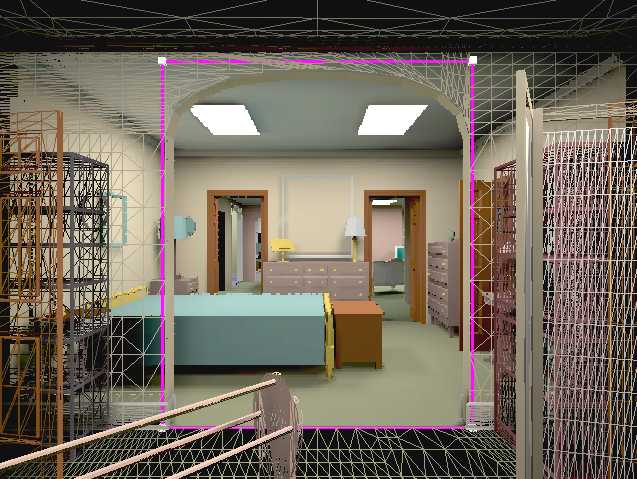
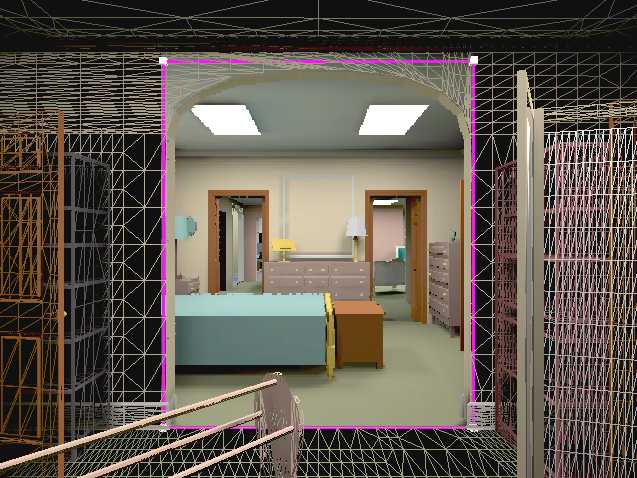
We use a fast 3D clipping technique that reduces the amount of warping.
In the two images the geometry of the current room is rendered in wire
frame mode. When clipping is turned on, considerably fewer pixels are warped.


Maintained by Voicu Popescu
Last Modified 17
February 1999